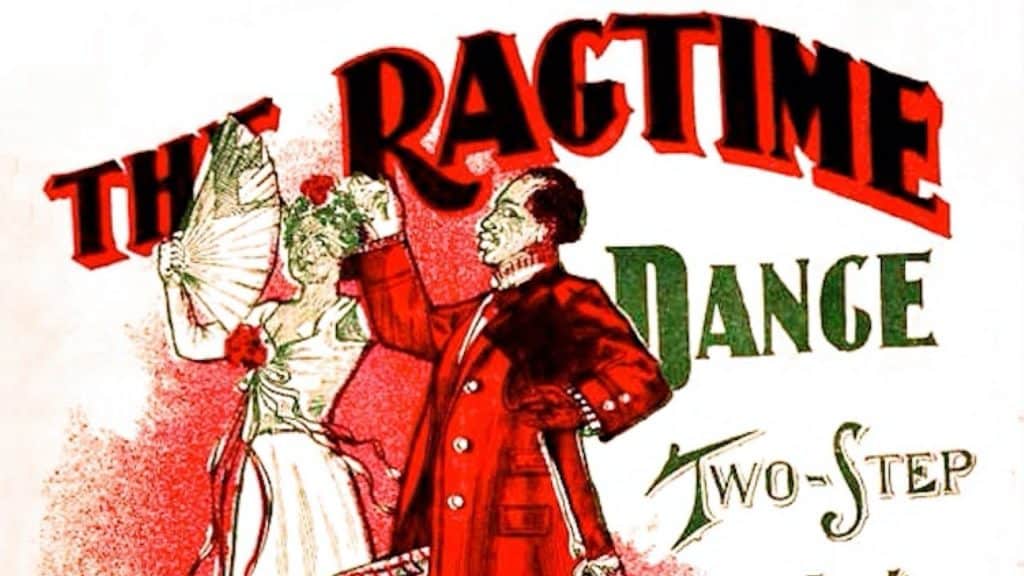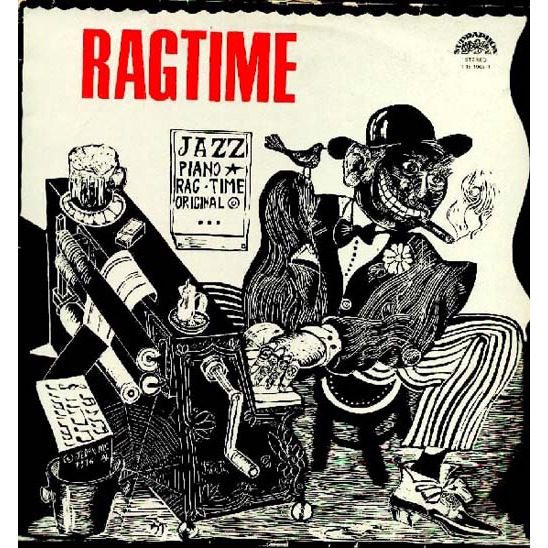Ragtime
The predecessor of music industry

The era of ragtime was a huge phenomenon and a stepping stone into a lot of the music we listen to today. Ragtime came about in the mid-1890s and has rapidly spread through the United States ever since. It emerged when syncopated improvisations were published as “rags” and made available to the mass market. It is a mix of European music and Black American music that originated on the piano. Ragtime came to be used as a collective term to identify various musical practices and new social dances. Some of the main composers of Ragtime are Scott Joplin, James Scott, and Joseph Lamb. The name Ragtime comes from the ragged or syncopated rhythm of the right hand. Because of ragtime, the sales of pianos increased in the recording industry. African American composers such as those, did not embrace the term “ragtime”. The term is merely a nickname given to Negro rhythm, by Caucasians many years ago. Ragtime was influenced and evolved from an event called the cakewalk. In the days of slavery, a cakewalk is when slaves were forced to dance by their masters. The winner of the cakewalk would in the end receive the cake. The minstrel-show songs, African American banjo styles, and syncopated dance rhythms are all elements of ragtime today. The upbeat, catchy, and springy music then lead to the movement now called “ragtime dance”. Ballrooms were one of the places where this dance craze was done the most. They would grab a partner and continuously walk one step to each beat of the music. Ragtime or the Ragtime dance is not as popular now as it was in the mid-1890s but it is still a huge part of our history and jazz, rock, and blues music would not be the greatness it is now without it.



